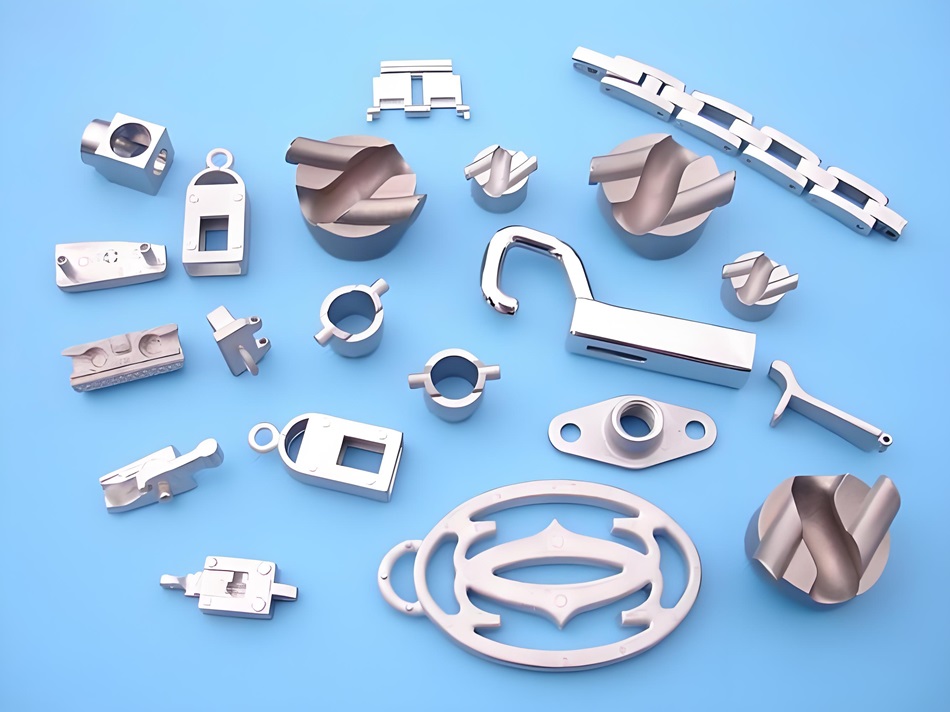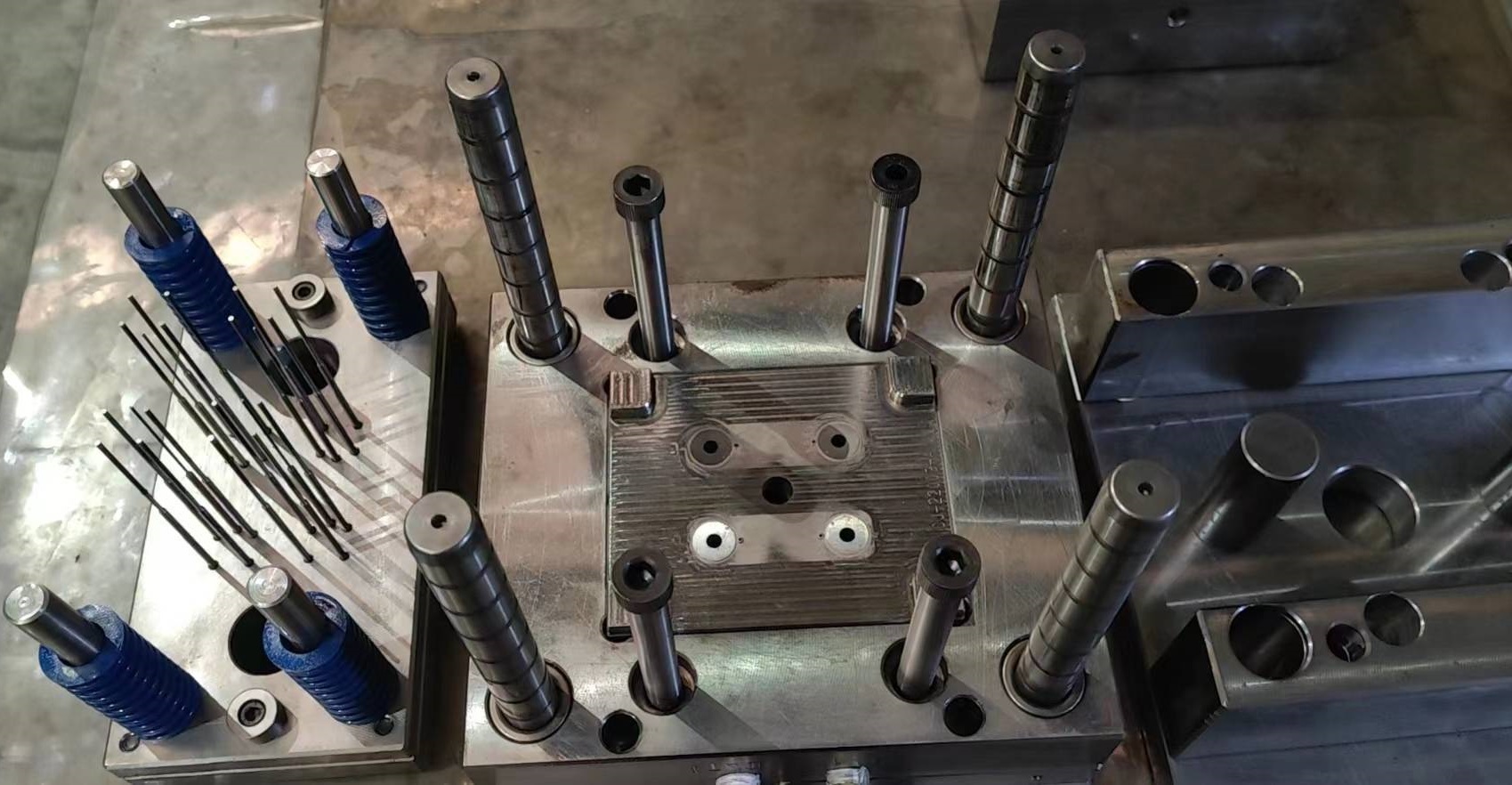What is Stainless Steel Injection Molding
Stainless steel injection molding is an advanced method particularly suited for producing metal parts that require high strength, durability, and exceptional corrosion resistance. Let’s delve deeper into the specific aspects of this process, materials commonly used, its distinct advantages, and typical applications.
Detailed Process of Stainless Steel Injection Molding
- Feedstock Preparation:
- Material Composition: The feedstock is a critical component, composed of finely powdered stainless steel mixed with a polymer binder. The choice of stainless steel powder can vary based on the desired properties of the final product, such as 316L for medical use due to its superior corrosion resistance and biocompatibility.
- Mixing Technique: Ensuring a homogenous mix of stainless steel powder and binder is vital, as it affects the flowability during injection and the quality of the sintered part.
- Injection Molding:
- Mold Design: Molds are designed to accommodate the shrinkage characteristic of stainless steel, which typically occurs during the sintering stage. This is crucial for achieving precise dimensions in the final part.
- Injection Parameters: Parameters such as temperature, pressure, and injection speed are finely tuned to ensure the integrity of the molded part, preventing defects such as cracks or warpage.
- Debinding:
- Solvent Debinding: This stage involves the removal of the primary binder through a solvent that does not affect the metal particles. It’s a delicate balance to remove enough binder to prepare for sintering while maintaining the part’s structural integrity.
- Thermal Debinding: The remaining binder is removed through a controlled heating process, which gradually increases the temperature to avoid thermal shocks and deformation.
- Sintering:
- High-Temperature Furnace: The debound part is placed in a sintering furnace where it is heated to just below the melting point of the stainless steel. This phase is critical as it promotes the diffusion bonding of the stainless steel particles to form a dense, solid metal part.
- Atmosphere Control: The sintering environment is often a vacuum or inert gas atmosphere to prevent oxidation and ensure the purity of the metal.
Commonly Used Materials
-
1. 316L Stainless Steel
- Composition: Contains 16-18% Chromium, 10-14% Nickel, and 2-3% Molybdenum.
- Properties: Known for its excellent corrosion resistance, especially against chlorides and other industrial solvents. It also offers great weldability and high temperature resistance.
- Applications: Widely used in medical devices, marine environments, chemical processing equipment, and pharmaceutical equipment due to its superior resistance to corrosion.
2. 304L Stainless Steel
- Composition: Contains 18-20% Chromium and 8-12% Nickel.
- Properties: Offers good corrosion resistance, excellent formability, and resistance to oxidation.
- Applications: Ideal for kitchen equipment, automotive parts, and general industrial applications. It is also used in architecture for aesthetic appeal and durability.
3. 17-4 PH Stainless Steel
- Composition: Contains 15-17.5% Chromium, 3-5% Nickel, and 3-5% Copper.
- Properties: Excellent strength and hardness, good corrosion resistance, and mechanical properties that can be adjusted through heat treatment.
- Applications: Used in aerospace components, mechanical parts, and other applications requiring high strength and good corrosion resistance.
4. 420 Stainless Steel
- Composition: Contains 12-14% Chromium.
- Properties: High hardness and moderate corrosion resistance, with excellent wear resistance.
- Applications: Suitable for tooling, cutlery, and molds for plastics that require high wear resistance.
5. 440C Stainless Steel
- Composition: Contains 16-18% Chromium and higher levels of carbon compared to other grades.
- Properties: Offers the highest hardness among all stainless steels, along with good corrosion resistance.
- Applications: Commonly used in ball bearings, valve components, and high-end knife blades due to its abrasion resistance and ability to retain a sharp edge.
| Stainless Steel Type | Composition | Properties | Common Applications |
|---|---|---|---|
| 316L | Low carbon, 16-18% Cr, 10-14% Ni, 2-3% Mo | Excellent corrosion resistance, good weldability, high strength | Medical devices, marine hardware, food processing equipment |
| 304L | Low carbon, 18-20% Cr, 8-12% Ni | Good corrosion and oxidation resistance, excellent formability | Kitchen equipment, automotive parts, general industrial applications |
| 17-4 PH | 15-17.5% Cr, 3-5% Ni, 3-5% Cu, 0.15-0.45% Nb + Ta | High strength, good corrosion resistance, excellent mechanical properties | Aerospace components, mechanical parts, and surgical equipment |
| 420 | 12-14% Cr, high carbon | High hardness, moderate corrosion resistance, excellent wear resistance | Tooling, cutlery, plastic molds requiring high wear resistance |
| 440C | 16-18% Cr, high carbon, 0.75-1.2% Mo | Highest hardness of all stainless steels, good corrosion resistance | Ball bearings, valve components, high-quality knife blades |
Advantages
- Precision and Complexity: Capable of producing highly complex shapes with precision, which would be challenging or impossible through traditional machining.
- Efficiency and Scalability: Once the initial setup is complete, stainless steel injection molding is highly efficient for large production runs, offering economies of scale.
- Durability: The sintered parts are incredibly durable, suitable for applications requiring long service life under harsh conditions.
Typical Applications
- Medical Sector: Components like surgical instruments, dental tools, and orthopedic implants benefit from the biocompatibility and strength of stainless steel.
- Automotive Industry: Parts that require durability and resistance to heat and corrosion, such as gearbox components and exhaust systems.
- Consumer Products: High-end watches and electronic casings that demand aesthetic appeal along with functionality.

Considerations
- Initial Investment: The upfront cost for tooling and setup is significant, making it more suitable for high-volume production to amortize the investment.
- Technical Expertise: Achieving optimal results requires advanced technical knowledge in both metallurgy and injection molding techniques.
Stainless steel injection molding merges the precision of plastic injection molding with the robustness of metal, making it a superior choice for many high-end applications. Its ability to produce complex, durable, and precise components makes it indispensable in fields that demand the best in material properties.

